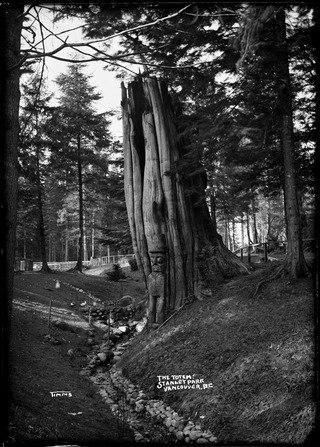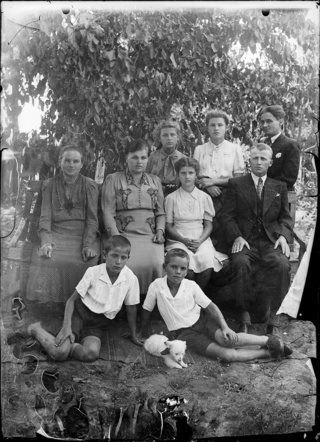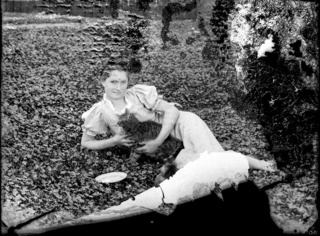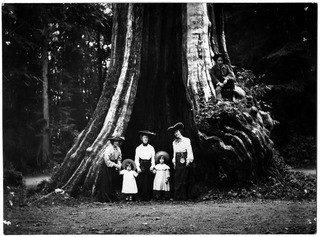Raluca Fratiloiu, Ph.D.
Reflections on nation and location of culture

More play space
End of play space
Play space





















































Selection from the album "Italy", Cornell University Library
Selection from the album "Stanley Park",
Vancouver Public Library Historical Photographs
Selection from the album "May Day Parades in New York",National Archives of Estonia
Selection from the album "International Women's Day",McCord Museum

How do we imagine the nation?
Why is culture not fixed?
Selection from the album "POD" Costica Acsinte Archive

How do media build the nation?
What is your family's narrative of the nation?
What kinds of stories do we tell about the nation?

This class material about the nation and location of culture would not be possible if several archives did not make their collections available on Flickr. The collections are the following. Click on each link to find them.
In this interractive collage, some pictures are from my personal collection. They are pictures of parents, grand-parents and grand-grand-parents. Other pictures are from various The Commons collections available here.
To understand the nation is to understand, what kinds of stories we tell about it. As theorists like Benedict Anderson and Homi Bhabha whom you can watch speaking below in two clips would argue, the nation is imagined and the nation is narrated. What are the narratives that build national cultures? Nationalism would like us to think the nation is a stable concept but the location of culture permanently shifts as cultures are hybrid, complicated, not fixed.
Play with these images and see if you can find which are my family's and which are part of historical archives. To start with I gave you one picture belonging to each of the six different groups. Organize the rest of them in your own collage and find what nine other pictures belong to each group.
Can you tell how they are different? What stories do they tell? How are they different from a technical or artistic point of view? What do they tell you about national identities?
And more importantly ask yourselves, how do we imagine the nation?
What if we looked at all these pictures from a different perspective? What would such a perspective be?
"What, in a positive sense, made the new communities imaginable was a half-fortuitous, but explosive interaction between a system of production and productive relations (capitalism), a technology of communications (print), and the fatality of human linguistic diversity."
Benedict Anderson - Imagined Communities, London, Verso: 1991, p. 43; Excerpt available here .
"Nations, like narratives, lose their origins in the myths of time and only fully realize their horizons in the mind's eye. Such an image of the nation - or narration - might seem impossibly romantic and excessively metaphorical, but it is from those traditions of political thought and literary language that the nation emerges as a powerful historical idea in the west."
Homi Bhabha - Nation and Narration, Routledge: 1990; Excerpt available here.
reflections on nation and location of culture
Homi Bhabha introduced the concepts of hybridity, mimicry, difference, and ambivalence to the field.
Benedict Anderson on Nationalism
(introduction in Dutch)
JavaScript is turned off.
Please enable JavaScript to view this site properly.